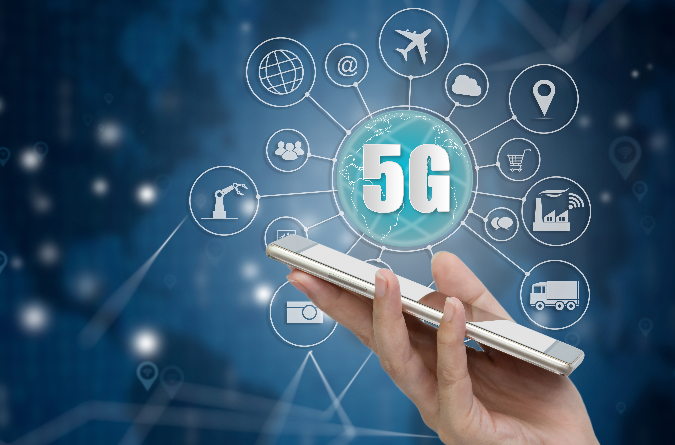5G RedCap: Optimized for new cellular IoT technology


The latest version 17 of the 3GPP standard for mobile communications includes a new variant of 5G specifically for the Internet of Things. It is defined as a high-speed application scenario in the Internet of Things, referred to as RedCap, and sometimes referred to as NR-light. This is an interesting development to try to create a less complex 5G new radio device with the aim of contributing to 5GNR as LTE-m and NB-IoT have done for LTE. However, with this iteration, and likely for at least the next decade, it is unlikely to have a significant impact on the connectivity technology market landscape.
5G RedCap is expected to be the 5G New Radio equivalent of mMTC technologies NB-IoT and LTE-M, achieving three goals.
The first is to reduce the complexity of the equipment, thereby reducing the cost. At hundreds of dollars per module, 5G is completely out of reach for all but a handful of IoT use cases. In comparison, LTE equipment typically costs $10-40, depending on the category, and NB-IoT costs about $5. 5GRedCap has had some success with this, with a price cut of around 80%.
The second goal is to reduce energy consumption. To fill this useful niche, RedCap needs to be able to run on batteries. According to reports, energy saving of more than 90% is possible.
The third goal is to maintain at least LTE Cat-1 data transfer speeds. With a speed of 85Mbit/s, it can easily do this.
None of these features can really open up a significant portion of the market. For anyone paying close attention to IoT use cases, as we did in our highly granular IoT forecast, it is worth noting the differentiation of IoT applications, some of which require high data rates, such as CCTV or networking Automotive, the rest of the vast majority of use cases require low cost, often battery power.
In 5G terms, IoT applications require either enhanced mobile broadband or massive machine-type communications, but rarely both. And today there is little need for ultra-reliable low-latency communication, certainly not for mass-market applications. While there are clear differences between 5G RedCap and other technologies, that doesn't mean there's a big chance. The question is is there a market demand for mid-range technology? Our analysis suggests otherwise. 5GRedcap is mediocre and not optimized for anything.
Also, it's worth noting that the main challenger to 5G RedCap is LTE Cat 4, which is faster and cheaper, although RedCap supports lower latency and larger frequency bands. Fast and cheap far outweigh both capabilities. In terms of cost, it is an order of magnitude behind NB-IoT and LTE-M.
It is logical to add a lower-complexity variant of 5GNR at a more cost-effective price point, with low power consumption and superior bandwidth and latency. Ultimately, we're talking about 10+ years from now, there will be a need to support low-power devices on 5G NRRAN. But over the next decade, battery-powered cellular IoT will be dominated by NB-IoT and LTE-M. We should note that version 18 promises some further improvements, but they need to be very significant to get close to the existing mMTC technology. We're expecting something more incremental.